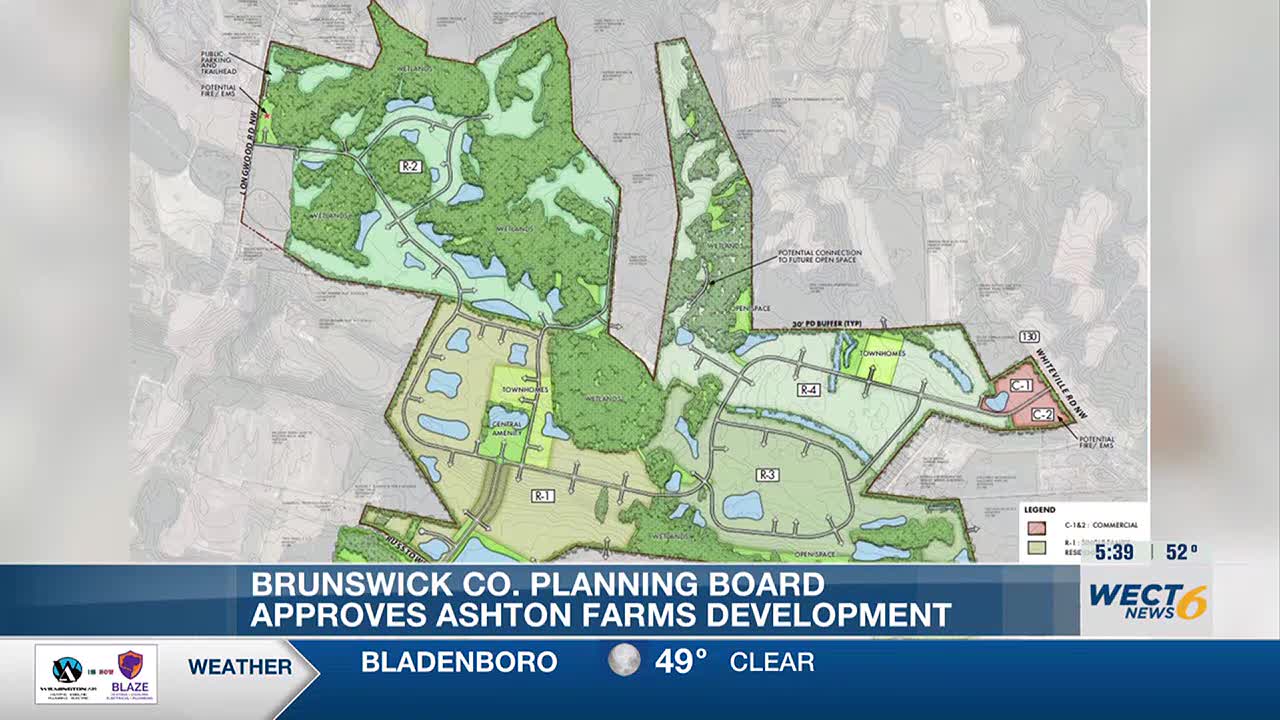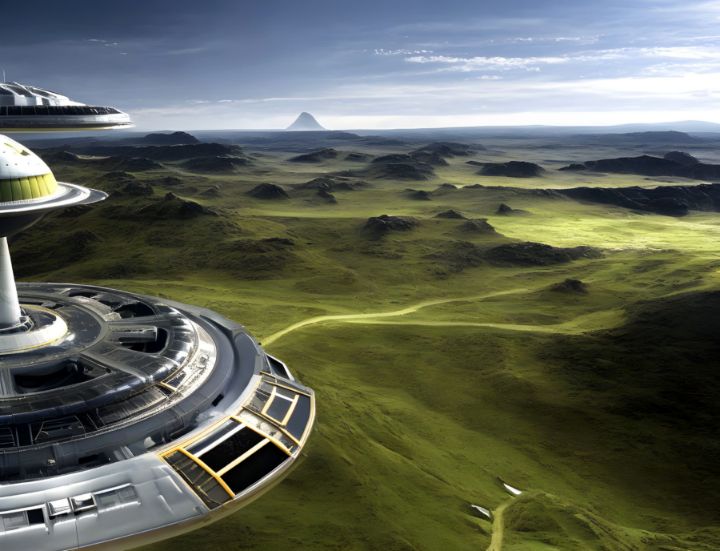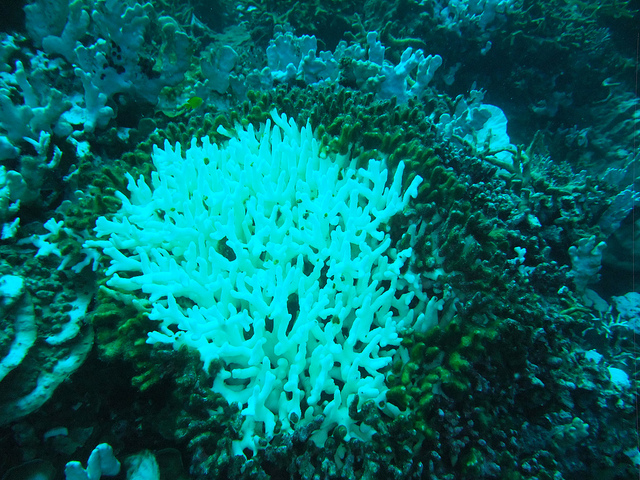Report on the Last Call Reef Initiative and its Contribution to Sustainable Development Goals
Executive Summary
The Last Call Reef initiative, operational since 2020 and managed by Reef World LLC, presents an innovative model for marine conservation that directly aligns with several United Nations Sustainable Development Goals (SDGs). By creating artificial reef structures that serve as personal memorials, the project simultaneously addresses ecological restoration, community engagement, and sustainable economic activity. This report analyzes the project’s framework, operations, and significant contributions to SDG 14 (Life Below Water), SDG 11 (Sustainable Cities and Communities), and SDG 17 (Partnerships for the Goals).
Advancing SDG 14: Life Below Water
Marine Ecosystem Restoration
The core function of the Last Call Reef project is the creation of artificial marine habitats, a direct intervention supporting the targets of SDG 14. Each reef module is designed to foster marine biodiversity and restore coastal ecosystems.
- Habitat Creation: The structures provide complex surfaces necessary for the settlement of corals, algae, and invertebrates, which form the foundation of a healthy marine food web.
- Biodiversity Enhancement: By establishing new sanctuaries, the project helps increase local fish populations and supports the recovery of marine life along Florida’s coastlines.
- Long-Term Impact: Building on the experience of its affiliate, Reef Maker, which has deployed over 70,000 artificial reefs since 1986, the initiative ensures a durable and lasting positive impact on marine environments.
Fostering SDG 11: Sustainable Cities and Communities
Community Engagement and Inclusive Development
The initiative strengthens community bonds and promotes environmental stewardship, which are central tenets of SDG 11. It integrates cultural practices (memorialization) with environmental action, creating resilient and sustainable community assets.
- Participatory Process: Families are actively involved in the design and placement of the memorial reefs, fostering a deep, personal connection to marine conservation and promoting environmental citizenship.
- Social Inclusivity: The project demonstrates a strong commitment to community values by offering complimentary burial-at-sea memorials for select veterans and first responders, ensuring equitable access to its unique services.
- Sustainable Ecotourism: The underwater memorials function as unique destinations for divers and ecotourists, creating potential for sustainable local economic growth (also aligning with SDG 8) in its operational areas, including Tampa, Key West, and Hawaii.
Strengthening SDG 17: Partnerships for the Goals
A Collaborative Model for Sustainability
The success of the Last Call Reef project is predicated on a multi-stakeholder partnership model, embodying the collaborative spirit of SDG 17.
- Private Sector Leadership: Reef World LLC leads the initiative, providing the technical expertise and operational framework for reef creation.
- Community Collaboration: The project engages directly with families and community groups, ensuring its social relevance and impact.
- Public Service Integration: Partnerships with organizations like the USS Liberty Ship Memorial in Ybor City for military honors demonstrate effective cross-sector collaboration to achieve shared community and environmental objectives.
Conclusion: An Integrated Approach to Sustainability
The Last Call Reef initiative serves as a powerful case study in achieving sustainable development through innovative, integrated solutions. By transforming personal remembrance into a catalyst for ecological healing, the project makes significant and measurable contributions to global sustainability targets. It effectively advances the conservation of marine ecosystems (SDG 14) while building inclusive, environmentally-aware communities (SDG 11) through a robust partnership-based framework (SDG 17).
1. SDGs Addressed in the Article
SDG 14: Life Below Water
- The article’s central theme is the “Last Call Reef” project, an initiative focused on creating artificial reefs. This directly supports SDG 14, which aims to conserve and sustainably use the oceans, seas, and marine resources. The text explicitly mentions goals like “protecting the ocean,” “revitalizing marine habitats,” “environmental preservation,” and “fostering biodiversity,” all of which are core components of this SDG. The project creates “underwater monuments” that serve as “marine sanctuaries,” directly contributing to marine conservation efforts.
SDG 8: Decent Work and Economic Growth
- The article mentions that the project “blends environmental preservation, memorialization and ecotourism.” The inclusion of “ecotourism” connects the initiative to SDG 8, particularly its focus on promoting sustainable tourism. By inviting “residents and tourists alike” to participate, the project creates economic activity that is tied to environmental stewardship, aligning with the goal of sustainable economic growth.
2. Specific Targets Identified
Targets for SDG 14: Life Below Water
-
Target 14.2: By 2020, sustainably manage and protect marine and coastal ecosystems to avoid significant adverse impacts, including by strengthening their resilience, and take action for their restoration in order to achieve healthy and productive oceans.
- The article highlights that the project’s purpose is to “restore vital marine habitats” and create “enduring ocean tributes that honor loved ones while revitalizing marine habitats.” This action of building artificial reefs is a direct form of restoration aimed at strengthening the resilience of coastal ecosystems.
-
Target 14.5: By 2020, conserve at least 10 per cent of coastal and marine areas, consistent with national and international law and based on the best available scientific information.
- The initiative contributes to this target by creating “marine sanctuaries.” Each artificial reef module placed in the water effectively becomes a small, conserved marine area designed to “foster biodiversity,” thus increasing the overall area of protected marine habitats along Florida’s coastlines.
Targets for SDG 8: Decent Work and Economic Growth
-
Target 8.9: By 2030, devise and implement policies to promote sustainable tourism that creates jobs and promotes local culture and products.
- The article describes the initiative as a form of “ecotourism” that is “making waves across Florida’s coastlines.” By offering a unique service that attracts “residents and tourists alike,” the project is an example of a sustainable tourism model that leverages environmental action for economic and social engagement.
3. Indicators Mentioned or Implied
Indicators for SDG 14: Life Below Water
-
Number of artificial reefs created:
- The article provides a direct quantitative measure of the project’s output, stating that since 1986, “they have created over 70,000 artificial reefs projects including hundreds of family memorials.” This serves as a clear indicator of the scale of the restoration efforts.
-
Geographic expansion of conservation efforts:
- Progress can be measured by the project’s expanding reach. The article notes that operations are active in “Tampa, Key West, Panama City, Pensacola, Destin and Hawaii,” implying an increasing area of impact and a successful, replicable model for marine habitat restoration.
Indicators for SDG 8: Decent Work and Economic Growth
-
Growth in participant engagement:
- The article implies that progress can be measured by the level of public interest and participation. It states that the program “continues to attract interest from individuals” and that a “growing number of families are exploring memorial reef options.” This suggests an increase in the uptake of this ecotourism service.
4. Summary Table of SDGs, Targets, and Indicators
| SDGs | Targets | Indicators (Identified or Implied in the Article) |
|---|---|---|
| SDG 14: Life Below Water |
14.2: Protect and restore marine and coastal ecosystems.
14.5: Conserve coastal and marine areas. |
– Number of artificial reefs created (stated as “over 70,000 artificial reefs projects”). – Geographic expansion of reef projects (operations in Tampa, Key West, Panama City, Pensacola, Destin, and Hawaii). |
| SDG 8: Decent Work and Economic Growth | 8.9: Promote sustainable tourism. |
– Growth in participant engagement (a “growing number of families are exploring memorial reef options”). – Expansion of the ecotourism project to new locations. |
Source: ospreyobserver.com







